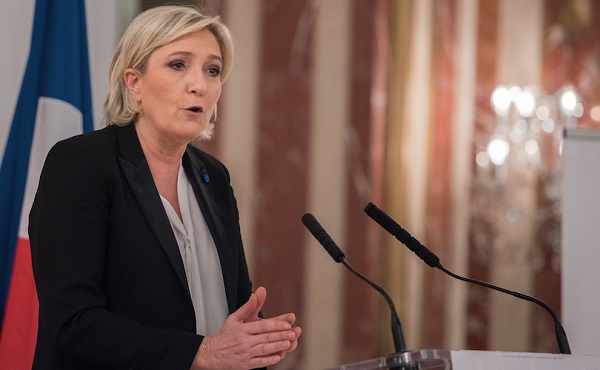Economy
Federal budget: You can’t solve a productivity emergency with tax hikes
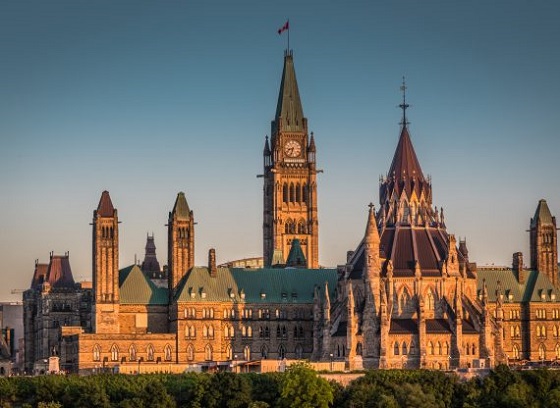
News release from the Montreal Economic Institute
- Ottawa still has no plan to return to a balanced budget.
- Under Justin Trudeau, the federal government has hired over 98,000 new bureaucrats.
Montreal, April 16, 2024 – The increase in the capital gains tax inclusion rate will further exacerbate Canada’s productivity lag, asserted the Montreal Economic Institute in response to the publication of the federal budget this afternoon.
“Canada’s productivity is in crisis and the best way to get it back up is to attract new investments,” explains Renaud Brossard, Vice-President of Communications at the MEI. “And few are those who have been able to lure investments and job creators with promises of higher taxes.
“With this budget, the Trudeau government is shooting us in the foot.”
In the budget, the Trudeau government has announced the capital gains inclusion rate from 50 per cent to 66 per cent for capital gains superior to $250,000 per year.
Last March, the deputy governor of the Bank of Canada, Carolyn Rogers, spoke of a “productivity emergency” in Canada.
Canadians rank second to last among G7 countries in terms of productivity per hour worked, according to an MEI study published last August.
The Institute explains that this lag arises from a shortfall in private non-residential investment. In 2018, this investment amounted to an estimated $27,307 per American worker, but only $17,389 per Canadian worker.
“Every dollar the government expects to subtract from the pockets of investors with this tax hike is a dollar of potential investment lost,” explains Brossard. “It’s time for the Trudeau government to realize it doesn’t have a revenue problem, but rather a spending problem.”
The budget tabled by the Trudeau government today forecasts a shortfall of $39.8 billion for the year 2024-2025.
High interest rates are contributing to this situation, with interest payments on the federal debt estimated to reach $54.1 billion dollars this year, up 14.6 per cent over last year.
The MEI observes that one of the major sources of increased spending is the massive hiring of federal public servants under the Trudeau government.
Since the first Trudeau budget in 2016, the federal public service workforce has grown by more than 98,268 employees. Considered in terms of the number of government employees per Canadian, this represents a 28% increase according to an MEI study published in January.
“The explosion in the number of bureaucrats in recent years is symptomatic of a government that has lost all control over the growth of its spending,” explains Brossard. “There are now 28 per cent more federal public servants per capita, but very few Canadians would tell you that Ottawa is doing 28 per cent more for them.”
* * *

The MEI is an independent public policy think tank with offices in Montreal and Calgary. Through its publications, media appearances, and advisory services to policy-makers, the MEI stimulates public policy debate and reforms based on sound economics and entrepreneurship.
Bjorn Lomborg
The stupidity of Net Zero | Bjorn Lomborg on how climate alarmism leads to economic crisis

From spiked on YouTube
Note: This interview is focused on Europe and the UK. It very much applies to Canada. The 2025 Federal Election which will see Canadians choose between a more common sense approach, and spending the next 4 years continuing down the path of pursuing “The Stupidity of Net Zero”.
European industry is in freefall, and Net Zero is to blame.
Here, climate economist Bjorn Lomborg – author of Best Things First and False Alarm – explains how panic over climate change is doing far more damage than climate change itself. Swapping cheap and dependable fossil fuels for unreliable and expensive renewables costs our economies trillions, but for little environmental gain, Lomborg says.
Plus, he tackles the myth of the ‘climate apocalypse’ and explains why there are more polar bears than ever.
Support spiked: https://www.spiked-online.com/support/
Sign up to spiked’s newsletters: https://www.spiked-online.com/newslet…
Business
Scott Bessent Says Trump’s Goal Was Always To Get Trading Partners To Table After Major Pause Announcement
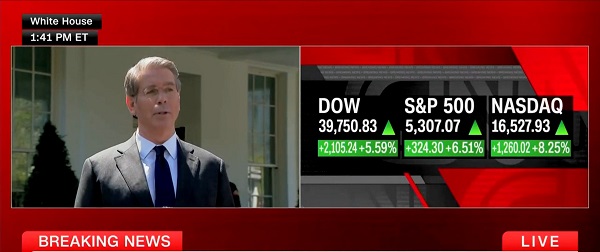

From the Daily Caller News Foundation
By
Secretary of the Treasury Scott Bessent told reporters Wednesday that President Donald Trump’s goal was to have major trading partners agree to negotiate after Trump announced a 90-day pause on reciprocal tariffs for many countries after dozens reached out to the administration.
Trump announced the pause via a Wednesday post on Truth Social that also announced substantial increases in tariffs on Chinese exports to the United States, saying 75 countries had asked to talk. Bessent said during a press event held alongside White House press secretary Karoline Leavitt that Trump had obtained “maximum leverage” to get trading partners to negotiate with the April 2 announcement of reciprocal tariffs.
“This was his strategy all along,” Bessent told reporters during an impromptu press conference at the White House. “And that, you know, you might even say that he goaded China into a bad position. They, they responded. They have shown themselves to the world to be the bad actors. And, and we are willing to cooperate with our allies and with our trading partners who did not retaliate. It wasn’t a hard message: Don’t retaliate, things will turn out well.”
Dear Readers:
As a nonprofit, we are dependent on the generosity of our readers.
Please consider making a small donation of any amount here.
Thank you!
WATCH:
China imposed retaliatory tariffs on American exports to the communist country Wednesday, imposing an 84% tariff on U.S. goods after Trump responded to a 34% tariff by taking American tariffs to 104%.
“Based on the lack of respect that China has shown to the World’s Markets, I am hereby raising the Tariff charged to China by the United States of America to 125%, effective immediately,” Trump said. “At some point, hopefully in the near future, China will realize that the days of ripping off the U.S.A., and other Countries, is no longer sustainable or acceptable.”
“They kept escalating and escalating, and now they have 125% tariffs that will be effective immediately,” Bessent said during the press conference.
Bessent said that China’s actions would not harm the United States as much as it would their own economy.
“We will see what China does,” Bessent said. “But what I am certain of, what I’m certain of, is that what China is doing will affect their economy much more than it will ours, because they have an export-driven, flood the world with cheap export model, and the rest of the world now understands.”
The Dow Jones Industrial average closed up 2,962.86 points Wednesday, with the NASDAQ climbing by 1,755.84 points and the S&P 500 rising 446.05 points, according to FoxBusiness.
-

 John Stossel2 days ago
John Stossel2 days agoGovernment Gambling Hypocrisy: Bad Odds and No Competition
-
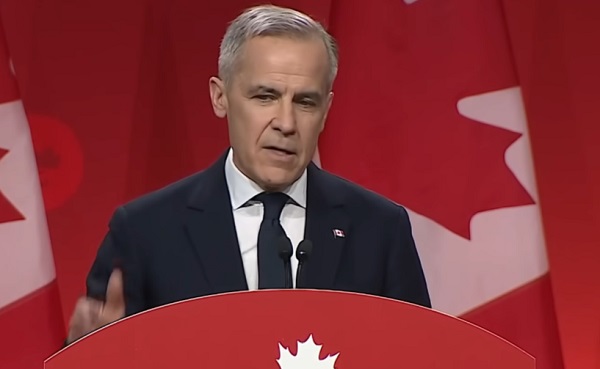
 2025 Federal Election1 day ago
2025 Federal Election1 day agoCommunist China helped boost Mark Carney’s image on social media, election watchdog reports
-
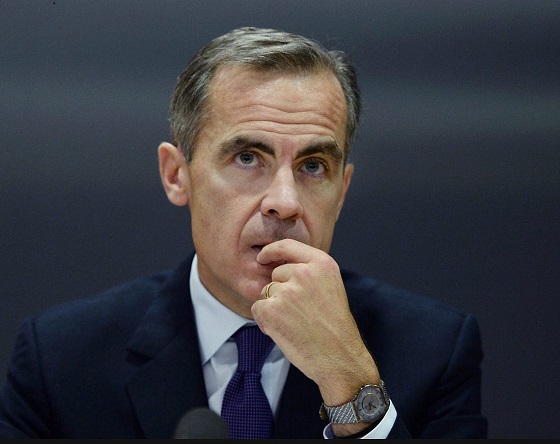
 2025 Federal Election1 day ago
2025 Federal Election1 day agoFifty Shades of Mark Carney
-
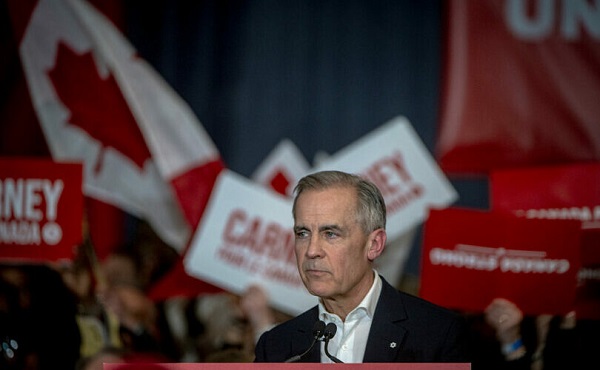
 2025 Federal Election2 days ago
2025 Federal Election2 days agoMark Carney pledges another $150 million for CBC ahead of federal election
-

 Alberta2 days ago
Alberta2 days agoAlberta’s embrace of activity-based funding is great news for patients
-

 2025 Federal Election1 day ago
2025 Federal Election1 day agoConservative Party urges investigation into Carney plan to spend $1 billion on heat pumps
-

 2025 Federal Election13 hours ago
2025 Federal Election13 hours agoRCMP memo warns of Chinese interference on Canadian university campuses to affect election
-

 MAiD1 day ago
MAiD1 day agoDisability rights panel calls out Canada, US states pushing euthanasia on sick patients









